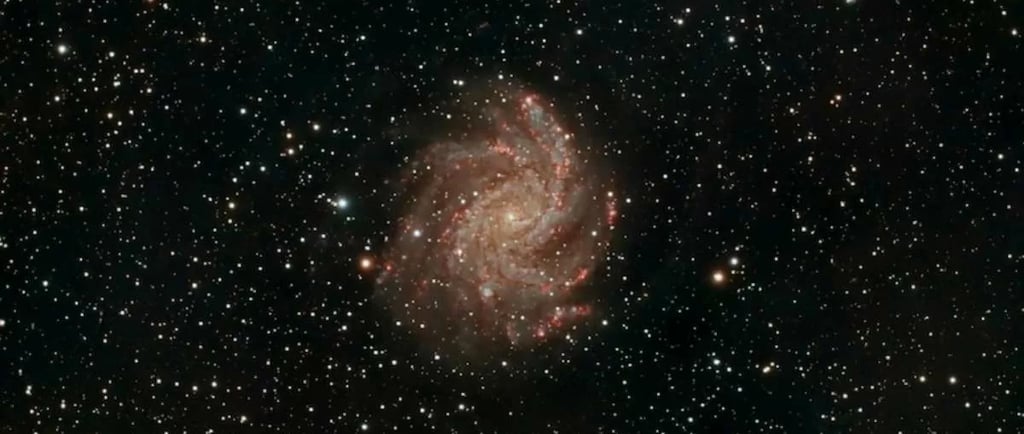The Quipu: The Largest Structure in the Universe


Introduction to the Quipu
In the vast tapestry of the universe, the Quipu stands out as a remarkable phenomenon. Commonly recognized as the largest structure in the universe, the Quipu is a colossal cluster of galaxy clusters that stretches to an astounding length of approximately 1.3 billion light-years. To put this into perspective, that is an extraordinary 13,000 times the length of our very own Milky Way galaxy.
Composition and Size of the Quipu
The Quipu is an astounding entity, boasting a mass of approximately 200 quadrillion solar masses. This immense gravitational dynamism not only contributes to its remarkable size but also hosts an intricate web of galaxies, each encapsulating numerous stars and planetary systems. The sheer scale of such a structure invokes awe and wonder, challenging our understanding of cosmic formations.
Significance in Cosmology
The Quipu's enormous size and intricate composition make it a focal point in the studies of modern cosmology. Understanding such a grand structure offers insights into the nature of the universe, the formation of galaxies, and the gravitational forces at play. As scientists continue to explore the Quipu and its myriad components, they gain valuable knowledge about the overall structure of the universe and its expansive history.
With each discovery related to the Quipu, we inch closer to unraveling the mysteries of our cosmos. As we continue to observe and study this giant cluster of galaxy clusters, it beckons us to ponder our place within the universe and the fundamental workings of space itself.
